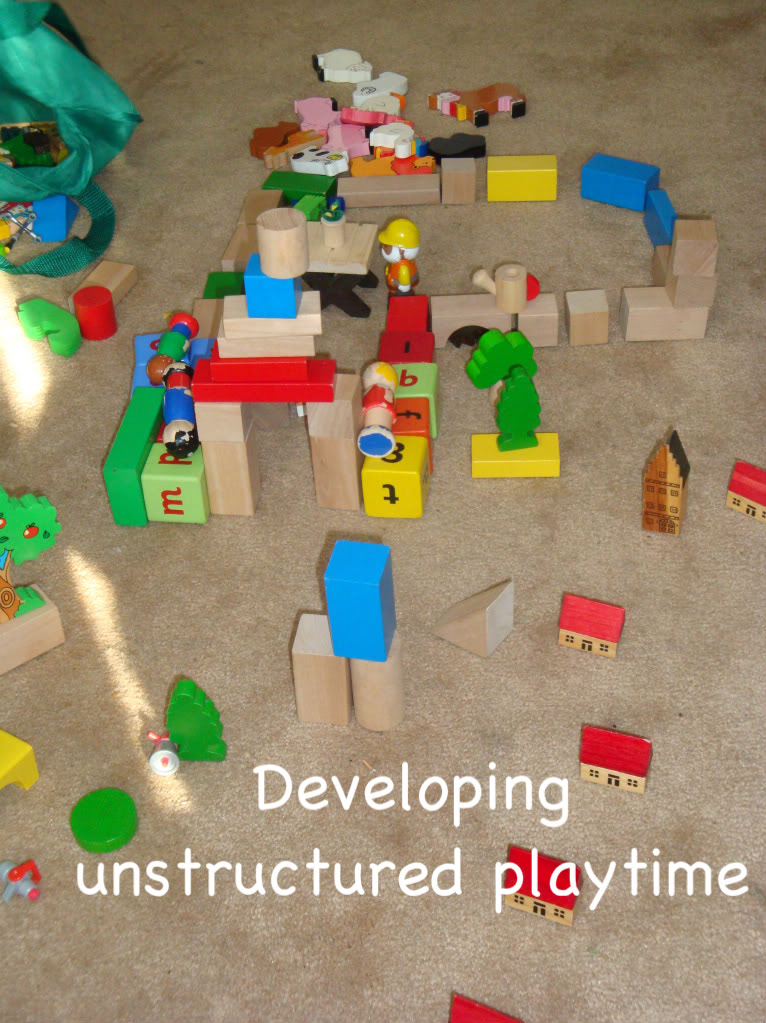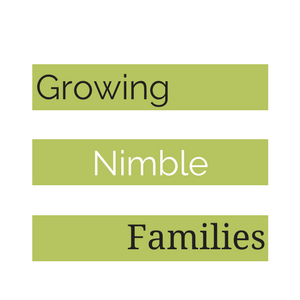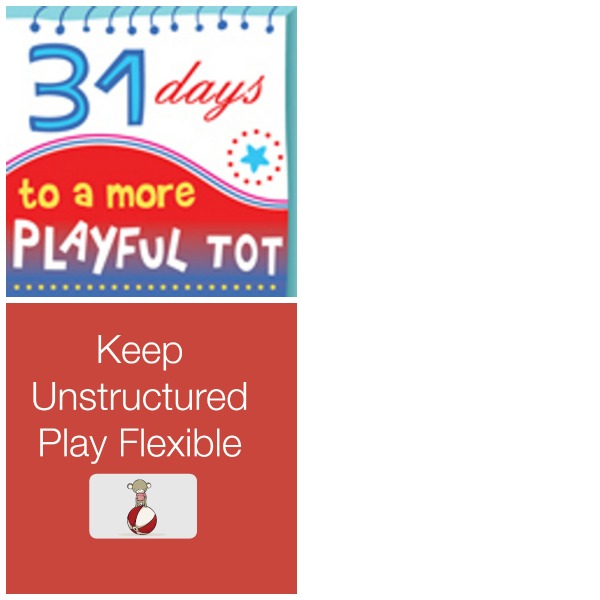
There is something to be said for children being bored. The problem though is can you direct them or inspire them to engage in longer periods of unstructured play?
How to Keep Unstructured Play Flexible?
It almost seems wrong in many eyes to set up an environment for unstructured play. But for most of us we have our default go to activities, actions and behaviors. It’s all to easy to have high expectations and nothing to fill the gaps. It’s why when we see screen free week or world read aloud day that we love the concept but when that special day or week is here we find it hard to actually do what we wanted. Bit like, don’t think of a pink elephant! It’s hard not too.
Unstructured play, downtime and unplugged play, certainly at the beginning for most of us needs to be planned, discussed and modeled.
Planned
Set aside some time to decide what unstructured play will look for you in your home. How far will you go? Will they be playing independently from you while you read a magazine or will they be creating complex tracks and imaginary stories?
Time
Set realistic time blocks. Start small with age appropriate time blocks. The chance of us to spend a whole afternoon doing what we want is appealing but to a young child it may feel like too much. Depending on your child’s temperament and how often an afternoon of unstructured play may be in your future but it’s not always there at the beginning.
Boundaries
What can they do during this unstructured time? Are resources accessible? Imagination games with restaurants, stuffed animals, train sets and dressing up clothes can take over the whole house. Little planning lets you see where this type of play is best and when. Can they play with markers, glitter, playdough?
Listen and observe
Before jumping in to their worlds, watch and join in without taking over. It’s possible to build on their stories or activities by asking open-ended questions.
- Tell me about that part of your picture….
- You’ve used a lot of orange there. What’s that part about?
Talk about unstructured play activities
Start a bucket list or I’m bored jar with older children. It’s amazing what you can think up together when you look at games and activities they can do by themselves or with a sibling. The list gives a neutral point of reference for you and them when you are thinking of hands free activities
Flexible structure
To get the most out of unstructured play we’ve dipped in and out with each other. Concentrated 10-15 minutes of activities before either of us checks in with each other. Sometimes they are around the home involved and sometimes they are alone but in the same room.
There isn’t a one size fits all for unstructured play, either inside or outside. The way we’ve tried this has changed as the ages and stages change and when new children arrive.
What are your 3 go to unstructured activities your children seem to love?
Click here to read the rest of the posts in the series, 31 Days to a more Playful Tot.
If you enjoyed this post make sure you are subscribe to my mailing list with encouragement and ideas for Simple Parenting












